Concorde: A Supersonic Aircraft That Soared, Roared, and Eventually Rested
An Air France Concorde taking off from Charles de Gaulle Airport in Paris encountered a piece of metal debris on the runway, leading to a catastrophic chain of events.
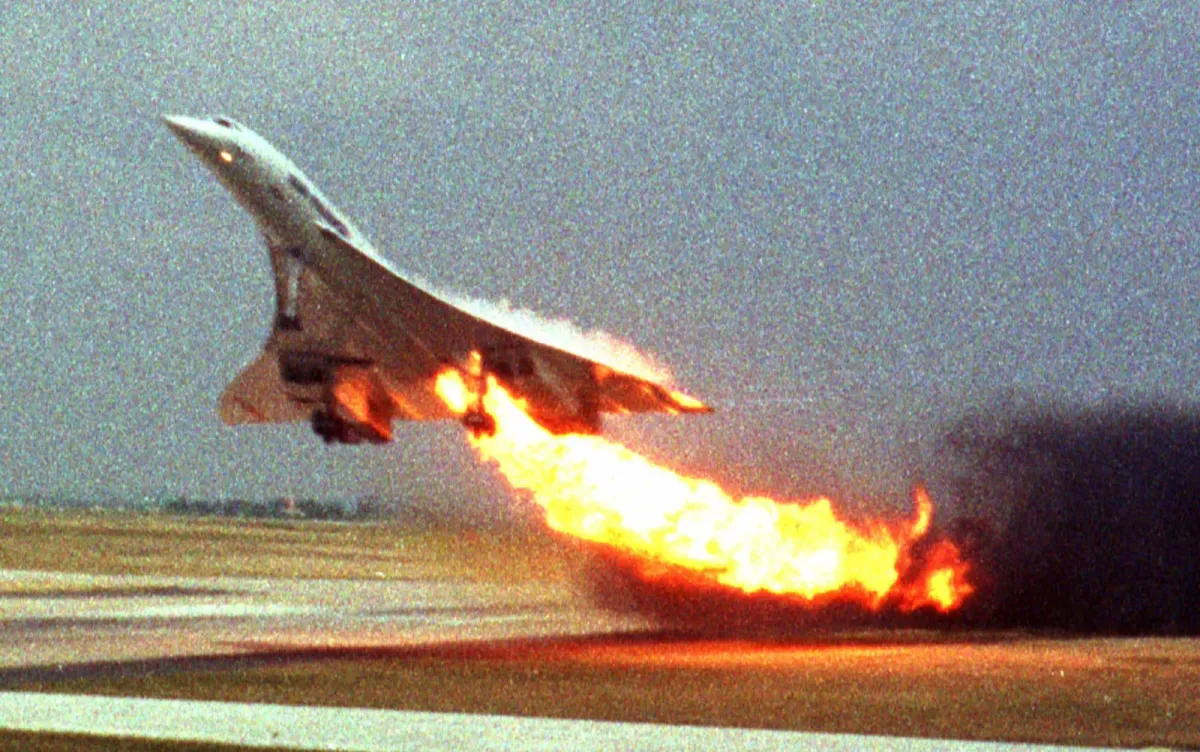
Introduction
In the world of aviation, few aircraft have captured the imagination and luxury of air travel like the Concorde. Two decades ago, on November 26, 2003, the iconic supersonic passenger jet took its final flight, marking the end of an era that had redefined the possibilities of air travel. This blog delves into the history, triumphs, controversies, and ultimately the retirement of the Concorde, exploring its legacy and the potential resurgence of supersonic travel.
The Birth of Concorde
The Concorde's journey began as a visionary collaboration between Britain and France, emerging as a symbol of unparalleled technological marvel. Conceived during the 1960s, a period marked by fierce competition in the aviation industry, the Concorde aimed to push the boundaries of speed and luxury in commercial air travel. Its slender white fuselage, iconic delta wing, and a distinctive nose that adjusted with the plane's altitude showcased cutting-edge design. The first commercial flight to the U.S. in 1976, taking off from London and landing with a roar at Dulles International Airport near Washington, D.C., marked the dawn of a new era. The Concorde's ability to traverse the Atlantic in just 3 1/2 hours, at twice the speed of sound, rewrote the rules of international air travel, capturing the imaginations of passengers worldwide.
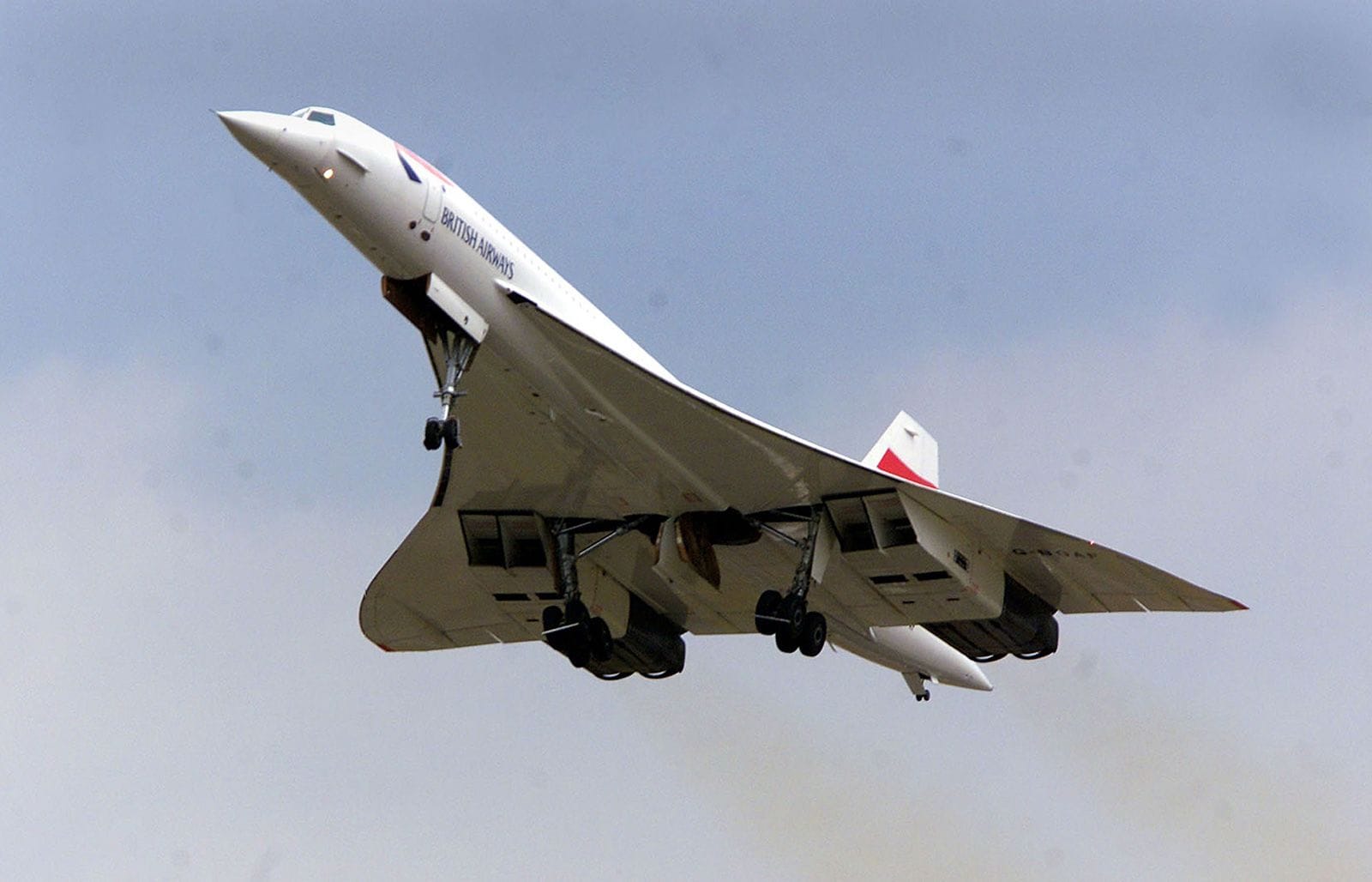
Passengers aboard the Concorde were treated to an experience beyond the ordinary. Luxury was not just a feature; it was inherent in every detail. The supersonic jet boasted an exclusive seating arrangement for a limited 100 passengers, fostering an intimate and opulent atmosphere. Dining on caviar and sipping champagne became the norm, transforming the journey into a transcendent experience. Air France pilot Michel Butel likened flying the Concorde to piloting a fighter jet, emphasizing the extraordinary capabilities of this technological marvel. As the Concorde soared through the skies, it became a symbol of prestige and speed, a testament to what collaborative innovation between nations could achieve.
Triumphs and Turbulence
Despite its groundbreaking speed and luxury, the Concorde faced its share of challenges. Environmental concerns were raised, criticizing its inefficiency and the potential damage to the ozone layer due to emissions. The aircraft guzzled fuel at four times the rate of a jumbo jet, and the ticket prices, reaching as high as $10,000 in the 1990s, made it an exclusive mode of travel for the elite. The sonic booms generated by the Concorde as it broke the sound barrier over the Atlantic also sparked complaints from those on the ground.
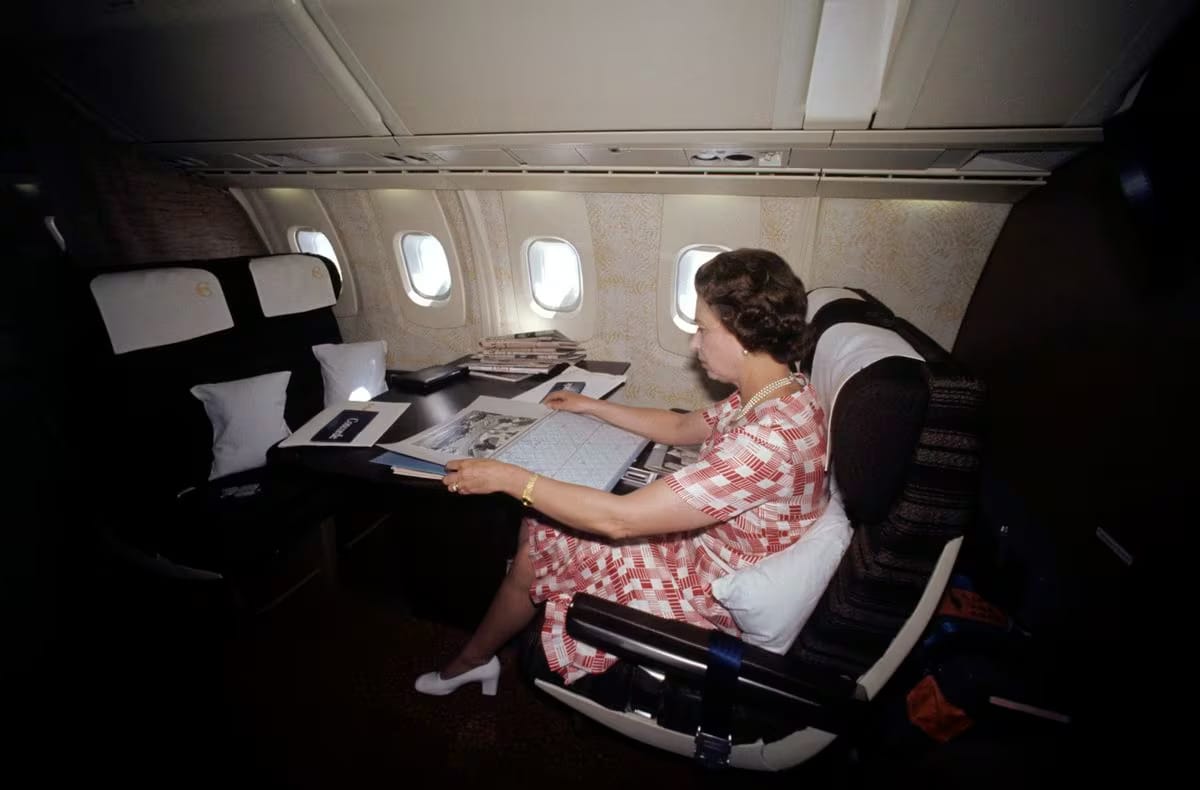
However, the Concorde defied its critics, maintaining its operations for almost three decades. In 1996, it set a record for the fastest trans-Atlantic crossing by a passenger plane, completing the journey from New York to London in just 2 hours, 52 minutes, and 59 seconds.
The Tragic Turning Point
The Concorde's golden age came to an abrupt end on July 25, 2000. An Air France Concorde taking off from Charles de Gaulle Airport in Paris encountered a piece of metal debris on the runway, leading to a catastrophic chain of events. The debris punctured a tire, sending rubber fragments into the fuel tank, resulting in a fire that engulfed the left wing. The Concorde crashed into a roadside hotel, claiming the lives of all 109 people on board and four individuals on the ground.
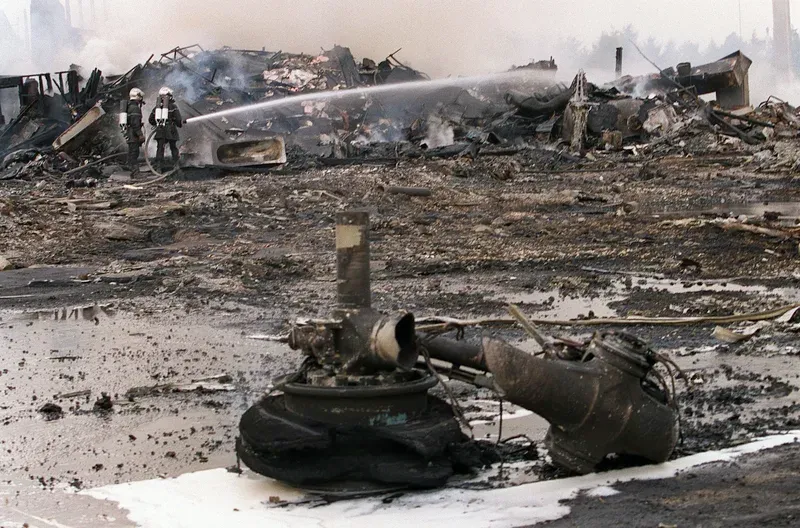
The aftermath of the crash prompted aviation authorities to ground all remaining Concorde planes for over a year. While the Concorde had maintained a reliable safety record until that point, the tragic incident irreversibly impacted public confidence.
The Final Farewell
The Concorde's final chapter unfolded with a mixture of nostalgia and regret, marking the end of an era that had redefined the very essence of air travel. The tragic incident on July 25, 2000, when an Air France Concorde crashed outside Paris, became a turning point that ultimately sealed the fate of this supersonic legend. This catastrophic event shattered the Concorde's untarnished safety record, sending shockwaves through the aviation industry and prompting the grounding of all remaining Concorde planes for over a year. Despite efforts to restore public confidence and address safety concerns, the Concorde never fully recovered, leading to the announcement by British Airways and Air France in 2003 that the fleet would be permanently grounded.
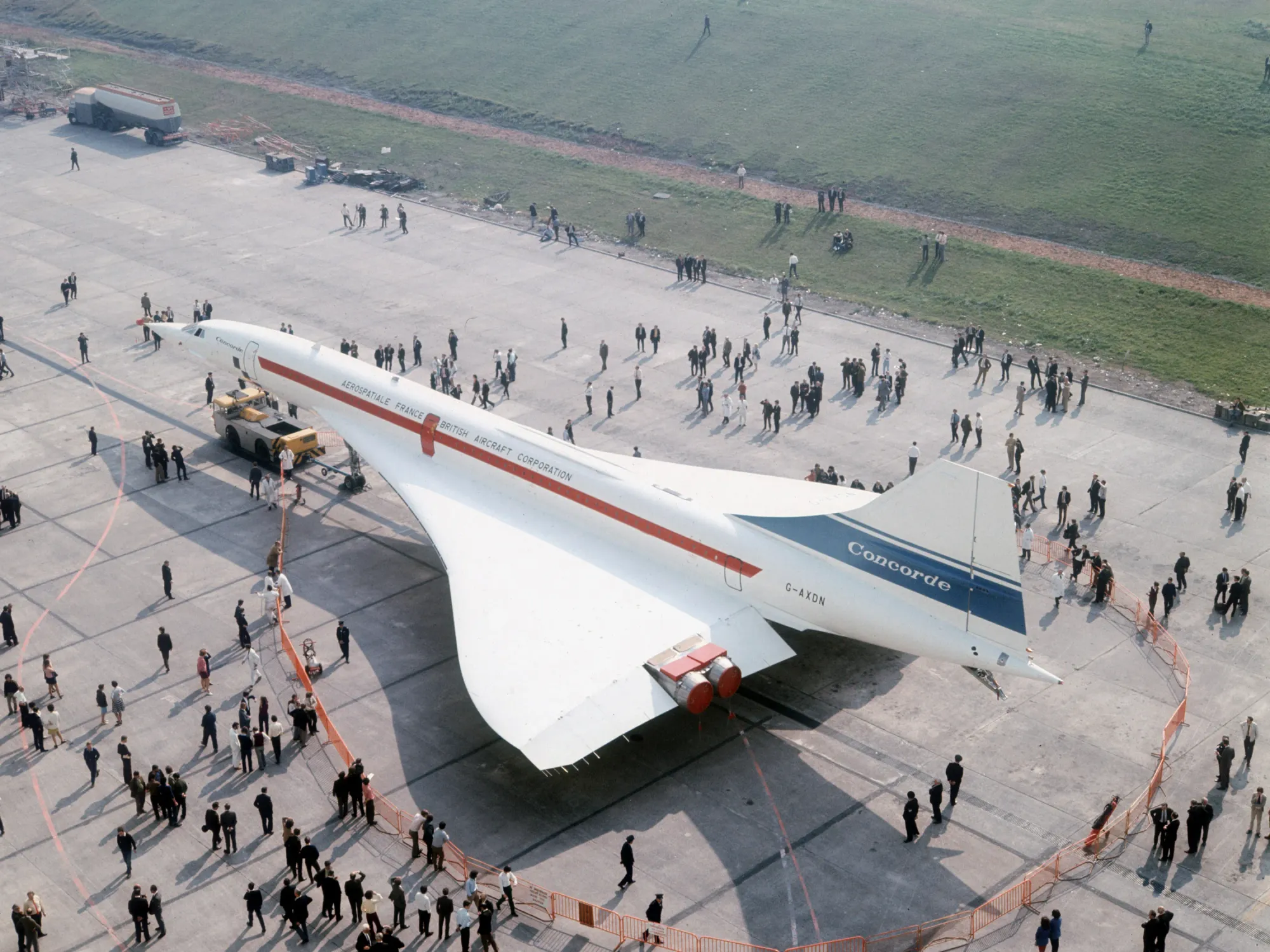
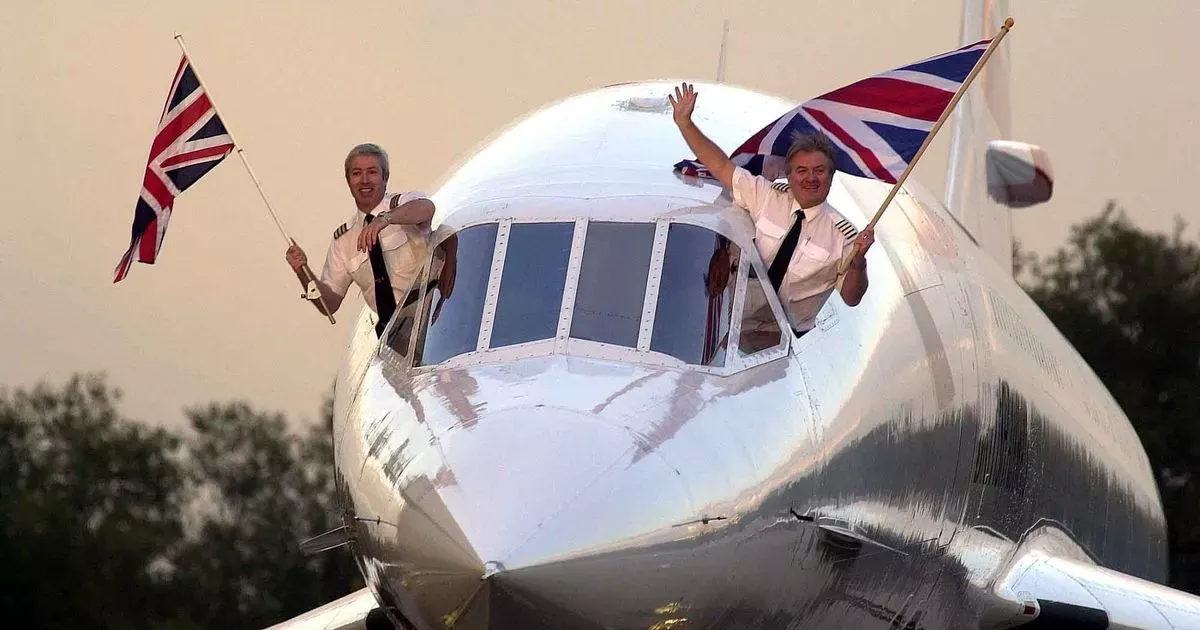
November 26, 2003, marked the bittersweet day of the Concorde's final flight. Departing from London's Heathrow Airport, the iconic supersonic jet touched down in Bristol, England, where a cheering crowd gathered behind fences near the runway to witness the end of an era. The once-revolutionary aircraft that had ferried celebrities, dignitaries, and discerning travelers on swift trans-Atlantic journeys found its retirement home in museums around the world. The Concorde's departure left an indelible mark on aviation history, prompting reflection on its accomplishments, controversies, and the challenges that ultimately led to its farewell. While the Concorde was grounded, its legacy lives on in the spirit of innovation, as the dream of supersonic passenger travel continues to capture the imagination of those who yearn for the thrill of breaking through the sound barrier.
Legacy and the Future of Supersonic Aircraft
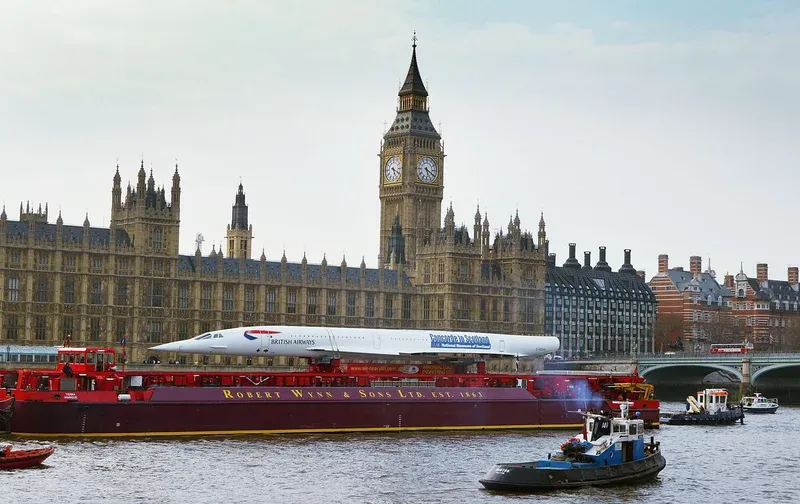
Although the Concorde has become an antique of the past, the dream of supersonic passenger travel is not entirely extinguished. In recent years, NASA and Lockheed Martin have been developing a supersonic aircraft, known as the X-59, designed to reduce the loudness of sonic booms. Additionally, companies like Boom have entered the scene with plans for new supersonic planes that promise to cut travel time across the Atlantic in half.
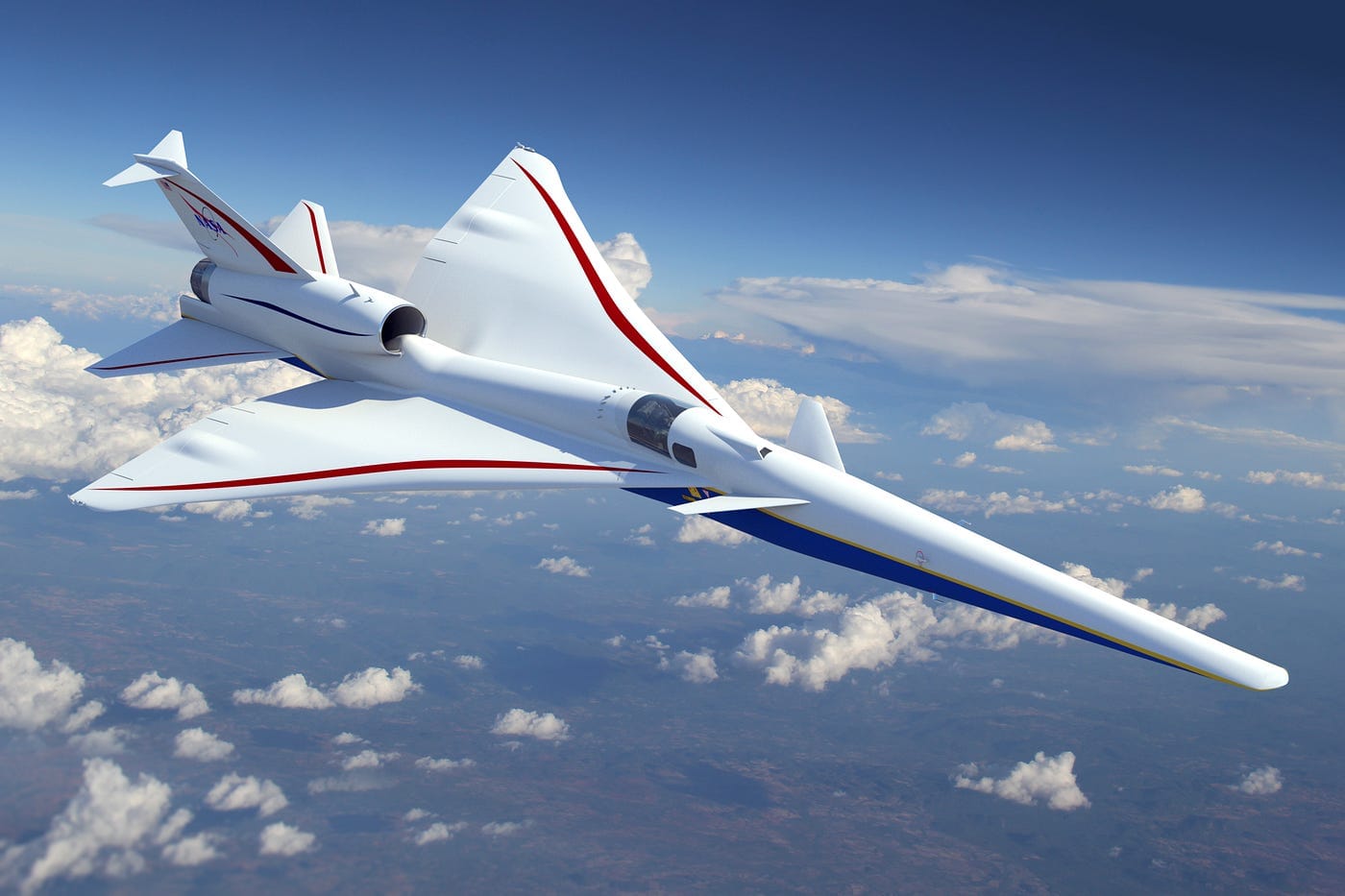
NASA's X-59, set to make its first flight in 2024, represents a potential successor to the Concorde. By addressing one of the major drawbacks of supersonic flight—the disruptive sonic boom—it opens up the possibility of commercial supersonic travel over populated areas.
FAQs
How many Concordes were built in total?
Only 20 Concordes were ever built.
What was the standard return fare from London to New York in the year 2003?
The standard return fare from London to New York was £6,636 in 2003.
How much fuel did Concorde use to consume per hour in terms of liters?
Concorde used to consume a staggering 25,629 liters of fuel per hour.
How many bottles of champagne have been consumed on Concorde passenger flights in total?
Over one million bottles of champagne have been consumed on Concorde passenger flights.
How many passengers have flown supersonically on British Airways Concorde since 1976?
More than 2.5 million passengers have flown supersonically on British Airways Concorde since 1976.
Conclusion
The Concorde, with its glamour, speed, and controversy, remains an enduring symbol of aviation innovation. Its retirement marked the end of an era, but the dream of supersonic travel persists. As technological advancements continue and new players enter the field, the future of passenger air travel at the speed of sound may yet see a resurgence. Whether it's NASA's X-59 or other developments on the horizon, the legacy of the Concorde lives on, reminding us of what is possible when boundaries are pushed and the skies are conquered.





